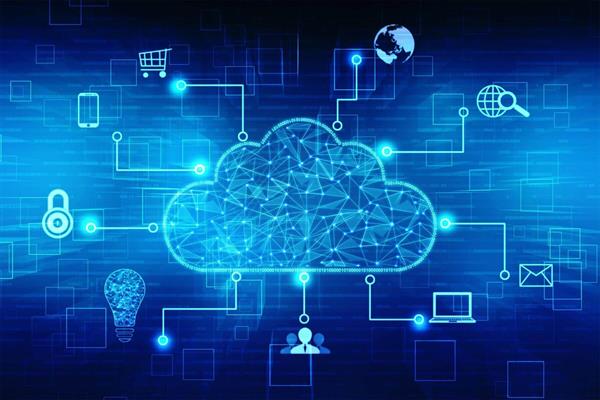What is The Virtual Data Center in Virtualization Concepts ?
The Virtual Data Center
Virtualization is not limited to a computing system. Virtualization can be extended to the data center as well. The advantages of efficiency will also be extended beyond computing to the other components and the system as a whole. This chapter will focus on the infrastructure of a virtualized data center as well as the purpose and benefits of virtualizing a data center.
A data center has powerful, robust technology made to handle volumes of data that paved the way for our modern digital world, but there are still areas where improvements can be made. The following are several key issues faced by a data center:
- Using servers more efficiently
- Availability of applications
- Efficiency of manpower
The purpose of the data center is making applications available to users. Businesses use the data center to support the applications they need with the goals of reducing the total cost of Information Technology (IT) and ensuring applications are available when needed. The goal of virtualizing the data center is to address both cost savings for an organization and availability to the user.
Businesses host their applications in a data center and need them to be available to their customers and staff to drive their business. If a company has a website set up to allow people to purchase products from their business, they need that website to be available 24/7 to customers. No website, no money! Having the website available continuously is crucial to meeting the company's business goals.
A data center strives to ensure that service, in this case, a website, is always available to the customer. The way this is addressed by a virtual data center is by virtualizing all the main components of a data center, which can be replaced or transferred to other physical hosts if a physical host component breaks down.
As a machine, a computer server is usually reliable, but like all machines, they can and do, break down. Think of how other machines, like cars, break down. Sometimes, it seems like when a car breaks down, it occurs at the worst time it could possibly happen. However, for a business when a server breaks down, it is always at the worst time because the content needs to be constantly available. Having a backup server is like having two cars instead of one.
It is because of their hardware intensive nature that data centers benefit greatly from virtualization. Just like virtualization improves the use of compute from the default 10-15 percent, it does it also for all the other parts of the data center.
The process of virtualizing a data center is intended to take it from a hardware-defined data center to what is called a software-defined data center (SDDC), also known as a virtual data center. Traditional data centers rely on a lot of vendor-specific hardware, whereas software-defined data centers can use any storage or network hardware. This gives the software-defined data center more flexibility.
In a software-defined data center, the hypervisor is the controller, which discovers underlying hardware resources and pools them together. Imagine a village with several different farms (hardware resources) and all the farms sell the crops to a store (software-defined controller). The store then takes all the farms’ resources and pools them together for everyone to use. This is what the software-defined controller does; it uses pre-defined policies to determine where resources go.





